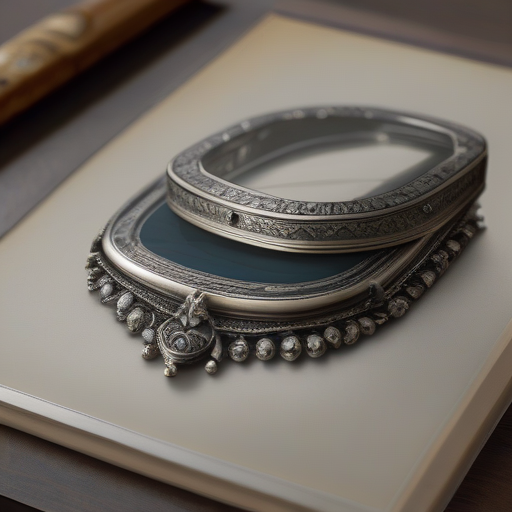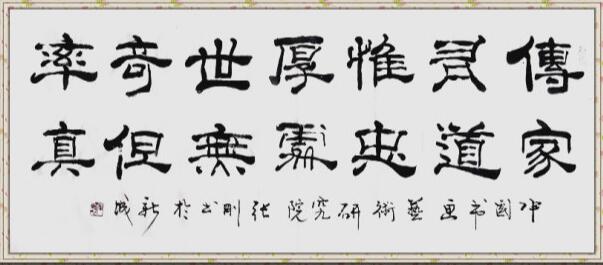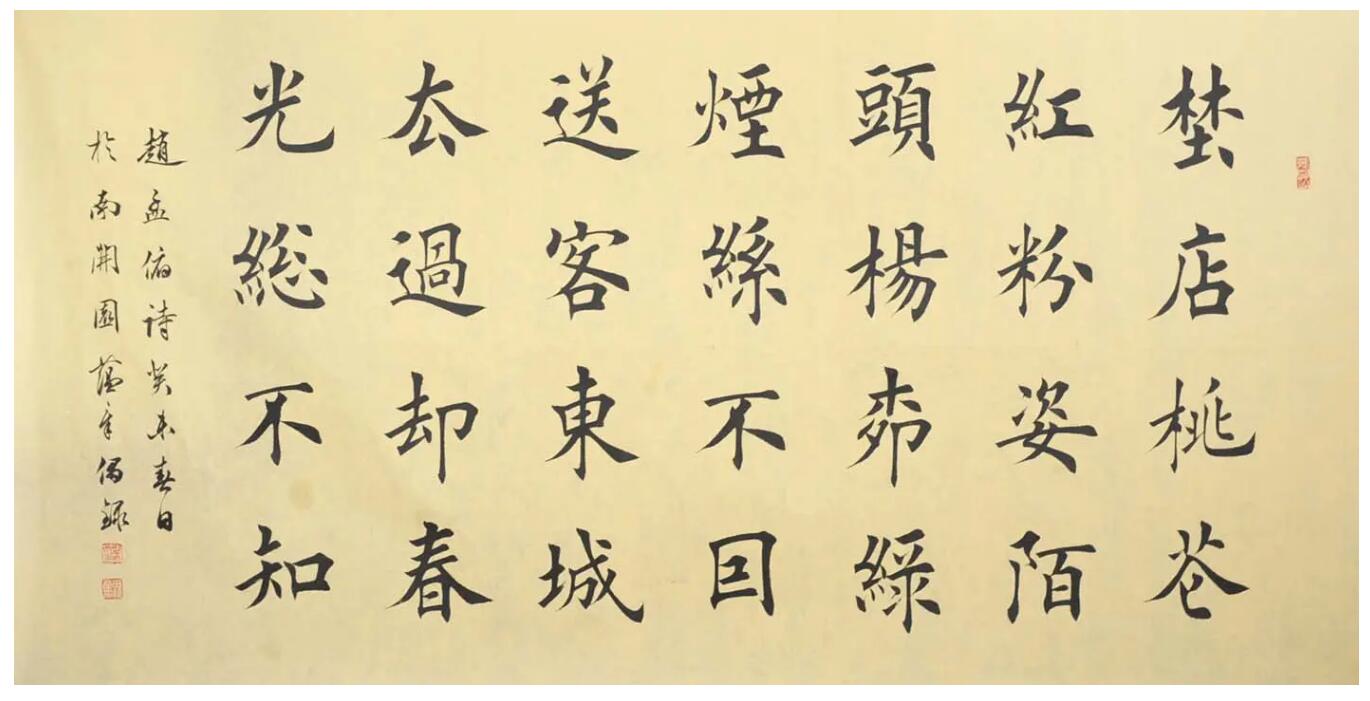The English Translation of "砚台" and Its Cultural Significance
The English Translation of "砚台" and Its Cultural Significance
"砚台"是中国古代文具的一种重要工具,常用于书法和绘画。在英文中,它被翻译为什么呢?这个问题牵涉到语言和文化之间的交融,也揭示了中国传统文化在国际舞台的影响力。

The Term "砚台" in English Translation
When it comes to translating "砚台" into English, various terms have been used, such as "inkstone", "ink-slab", or "inkrest". While these translations capture the essence of the physical object, they may fail to convey the cultural significance and historical background that the term carries in Chinese culture.
In traditional Chinese calligraphy and painting, the "砚台" holds a special place. It is not only a tool for grinding ink but also a symbol of scholarly pursuits, artistic expression, and cultural refinement. Therefore, a mere literal translation cannot fully capture the depth of this cultural symbol.
The Cultural Significance of "砚台"
The use of the "砚台" dates back thousands of years in Chinese history. The process of grinding the ink on the inkstone requires skill and patience, reflecting the meticulous nature of Chinese calligraphy and painting. The ink produced is then used to create beautiful brushstrokes that express the artist's emotions and thoughts. This art form represents the harmony between nature, humanity, and the creative spirit.
Furthermore, the "砚台" is often associated with Confucian and Daoist philosophy, emphasizing the cultivation of one's character and pursuit of wisdom. The act of grinding ink itself is seen as a meditative practice, requiring concentration and inner calm. It is considered a form of self-discipline and self-improvement, highlighting the importance of personal development in Chinese culture.
The cultural significance of the "砚台" extends beyond China's borders. As Chinese calligraphy and painting have gained international recognition and appreciation, the use of inkstones has also become more widespread. Scholars and artists around the world have come to appreciate the beauty and functionality of this traditional tool, recognizing its role in preserving and promoting Chinese cultural heritage.
In Conclusion
The English translation of "砚台" as "inkstone", "ink-slab", or "inkrest" only scratches the surface of its cultural significance. This ancient tool represents more than just a physical object; it embodies the essence of Chinese calligraphy, painting, and philosophy. By understanding and appreciating the cultural significance of the "砚台", we can gain a deeper insight into Chinese culture and its enduring influence on art and literature.
Thank you for reading this article and exploring the English translation and cultural significance of "砚台". We hope that this exploration has provided you with a greater understanding of Chinese culture and its artistic traditions.
-

石头有很多,最受普遍欢迎的有四种颜色。 第一,正能量的红色。从闻名遐迩的鸡血石,到长江红等各类红石,红色在石界已然是具有正能量的颜色。全中国可能有无数以“鸿运当头”命名
-

一、淄博市书法家排名? 淄博市有多位名家,老的有王一川,候宇爽,王颜山等。年轻的有赵长刚等 二、淄博市书法家排名? 淄博市有多位名家,老的有王一川,候宇爽,王颜山等。年轻的有赵长
-

一、侯玉麟的介绍 侯玉麟,了迟,净庐主人。(1966年7月-2009年11月),山东曹县人。曾任中国书协会员,山东省书协理事, 菏泽市书协主席,菏泽市政协常委,曹州书画院专职书法家 。书法作品
-

唐伯虎的后代? 唐伯虎有一个女儿、一个嗣子、两个侄子。 唐伯虎后代一览: 女 唐氏,沈氏所生,许配给好友王宠之子王阳(注:祝允明的《唐子畏墓志铭》:生一女,许王氏国士,履吉之子。) 婿







